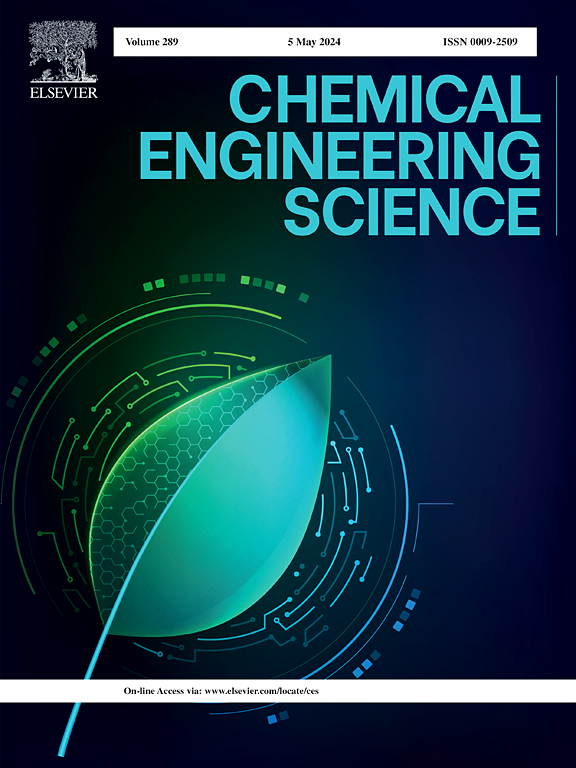Imperfect physics-guided neural networks
IF 4.3
2区 工程技术
Q2 ENGINEERING, CHEMICAL
引用次数: 0
Abstract
Fault detection in complex systems can benefit greatly from advances in physics-guided machine learning. However, it is important to consider that physics-based engineering models often carry assumptions, simplifications, and general imperfections when representing real-world dynamics. This research article investigates how imperfections in physics-based engineering models affect the accuracy of Physics-guided Neural Networks (PGNNs). Specifically, the study examines neural networks applied in fault detection for nonlinear dynamical systems. The PGNN models used in this article combine simulated measurement data with physics-based model estimates to augment the feature space. This improves training and inference, enhancing the neural networks' fault detection capabilities. The results shared in this article demonstrate that ideal PGNNs can significantly outperform unguided neural networks in detecting faults. However, introducing imperfections in the physics-based model reveals that small inaccuracies can lead to a drastic reduction in fault detection performance. The effectiveness of the PGNN is highly dependent on the reliability of the physics-based model and the underlying dynamics of the system. We explain the likely cause of these findings and highlight the need for careful consideration when applying PGNNs in engineering applications.
不完美的物理引导神经网络
复杂系统中的故障检测可以从物理引导的机器学习的进步中受益匪浅。然而,重要的是要考虑到,基于物理的工程模型在表示现实世界的动态时经常带有假设、简化和一般的缺陷。本文研究了基于物理的工程模型的缺陷如何影响物理引导神经网络(pgnn)的准确性。具体来说,研究探讨了神经网络在非线性动力系统故障检测中的应用。本文中使用的PGNN模型将模拟测量数据与基于物理的模型估计相结合,以增加特征空间。这改进了训练和推理,增强了神经网络的故障检测能力。本文的研究结果表明,理想的pgnn在检测故障方面明显优于非引导神经网络。然而,在基于物理的模型中引入缺陷表明,小的不准确性会导致故障检测性能的急剧下降。PGNN的有效性高度依赖于基于物理的模型的可靠性和系统的潜在动力学。我们解释了这些发现的可能原因,并强调在工程应用中应用pgnn时需要仔细考虑。
本文章由计算机程序翻译,如有差异,请以英文原文为准。
求助全文
约1分钟内获得全文
求助全文
来源期刊

Chemical Engineering Science
工程技术-工程:化工
CiteScore
7.50
自引率
8.50%
发文量
1025
审稿时长
50 days
期刊介绍:
Chemical engineering enables the transformation of natural resources and energy into useful products for society. It draws on and applies natural sciences, mathematics and economics, and has developed fundamental engineering science that underpins the discipline.
Chemical Engineering Science (CES) has been publishing papers on the fundamentals of chemical engineering since 1951. CES is the platform where the most significant advances in the discipline have ever since been published. Chemical Engineering Science has accompanied and sustained chemical engineering through its development into the vibrant and broad scientific discipline it is today.
 求助内容:
求助内容: 应助结果提醒方式:
应助结果提醒方式:


